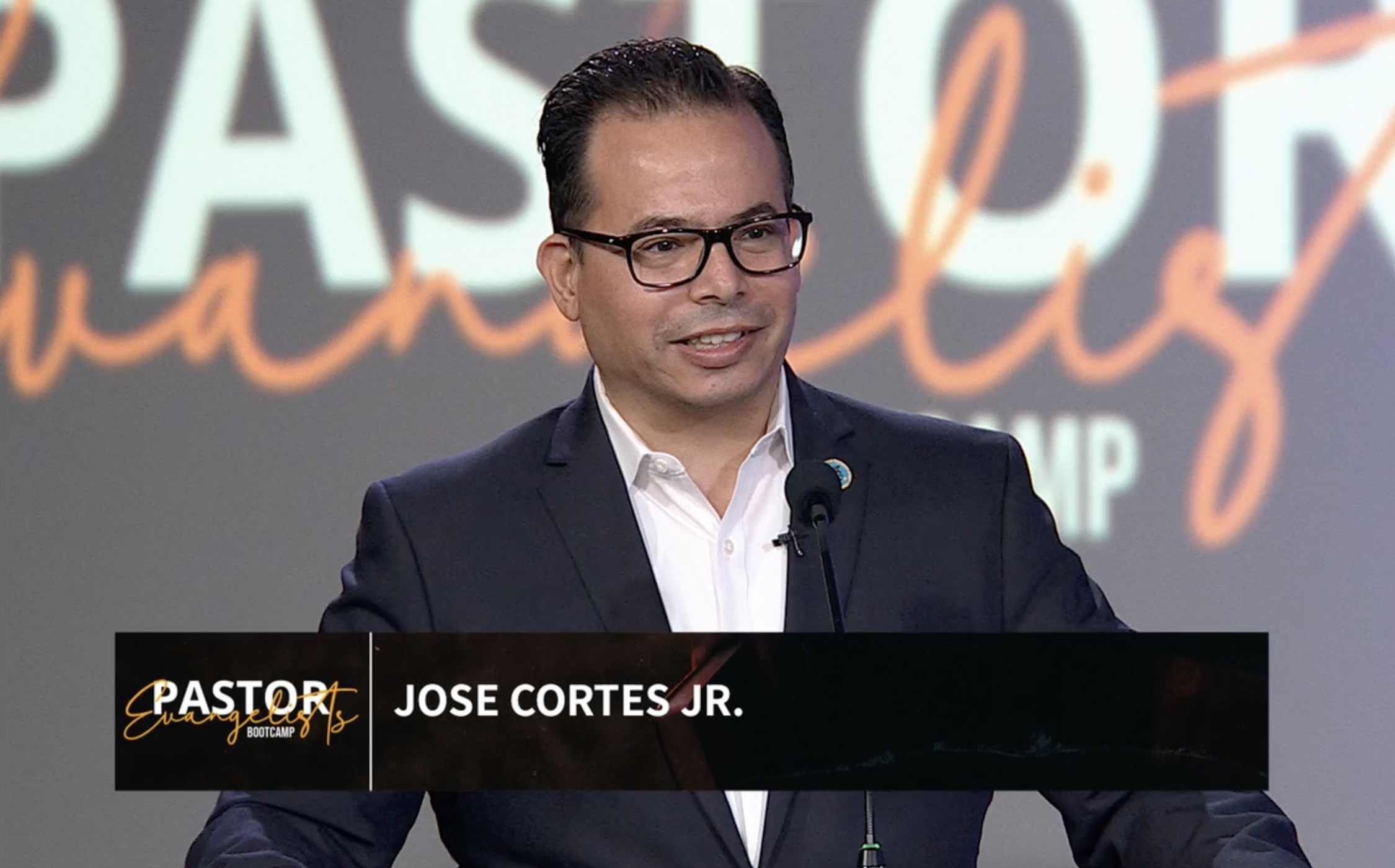It was a challenging time for the church. There was persecution. James, the leader of the church, was killed. Peter, the evangelist, was put in prison and miraculously delivered. According to the accounts of Acts, there was economic hardship and racial tensions, thus setting aside the deacons to take care of the gentile widows, who felt they were not receiving the same attention as the others. It was a difficult time for the early church, yet there is this verse:
"But the word of God grew and multiplied…"
It is a challenging time for the church. We are still in a pandemic, and people are still dying of COVID. Some are suffering from economic hardship. The political divide across the nations that form the North American Division is clear, masks or no masks, vaccines or no vaccines, political affiliations have never been more polarizing and entrenched. Racial tensions are prevalent in the reels of very graphic and public incidents. Yet there is still this verse:
"But the word of God grew and multiplied…"
What if…what happened with them could happen with us? What if… God intended to bless our North American church the same way He blessed the early church, despite the difficulties and challenges? What if… we, as a church, believed that the same Holy Spirit power present at the church's birth is still available today? Could God do through us what He did through them?
With the assurance that the same God is still at work and that the power of the Holy Spirit, available then, is still available today, our church across North America is collectively praying and envisioning a season of growth and multiplication. For sure, if God did it with them, He can do it with us.
Perhaps you are asking the question, Why Multiply?
1.People need to accept Jesus and be baptized
Individuals, families, neighbors, coworkers, and classmates all around us need Jesus. They want to accept Him as Savior and Lord, and they want to be baptized. The book of Acts records the baptism of one, and it also records the baptism of thousands. Each time someone or thousands got baptized, it meant lives were being changed, hope was being received, and salvation had arrived in the lives of those being baptized. People in North America still need salvation, hope, and lives changed today, and we as the church have been given the responsibility to deliver those to the people around us.
2. People need to be equipped
Jesus' great commission did not end at baptism. He mentioned and modeled the need for further equipping and releasing after baptism. He said:
"Therefore go and make disciples of all nations, baptizing them in the name of the Father and of the Son and of the Holy Spirit, and teaching them to obey everything I have commanded you. And surely I am with you always, to the very end of the age."
-Matthew 28:19-20 (NIV)
A clear indication to stay with our spiritual babies air their spiritual birth. Perhaps one of the several reasons why we lose about forty people of every one hundred who get baptized in our churches is because we don't stay with them after their birth. That is not OK. Babies need to be born in the kingdom. When babies are born, they are messy, they need help, they need someone to hold them, feed them, teach them, and help them grow, so they can become mature, reproducing, and multiplying disciples, like we are.
The discipleship journey is not only for the newly baptized but for those of us who have been around the kingdom for ages now. Those of us who feel that perhaps because we know our belief and attend church, whether physically or virtually, we are disciples. Discipleship goes beyond head knowledge, gatherings, and nurturing. A disciple is not someone who attends workshops and seminars and has all this head knowledge. A disciple is someone who loves people and makes other disciples.
For the word of God to multiply, the gospel must be passed on from a disciple to someone else, who will be born, and equipped as a disciple. And that miraculous process must be repeated.
3.People need access to Jesus in their communities
This is a call for church planting. There are people in North America who do not have access to Jesus through one of our churches. Planting new churches positions our church best to reach people we have not reached before.
Most established churches don't grow, but those that do grow gain the majority of their new members by transfers from other congregations. On the other hand, new churches generally baptize at a higher percentage than older churches and gain sixty to eighty percent of their new members from people who are not attending any church.
Although it is hard to swallow, older Adventist churches have a tough time reaching millennials, Generation Z, single mothers, who together with their household have become one of the largest people groups in North America. Older Adventist churches also struggle to reach the LGBTQ+ community and emerging immigrant groups. Planting new churches with a different DNA can help reach people that our established churches are not presently reaching.
Jesus did not preach an exclusive gospel. He founded an inclusive church. If our church can only reach people who think like us, dress like us, eat like us, smell like us, and worship like us, we will never be able to reach those who are different. Jesus came to save them too. We need to be more like Jesus.
Let's not plant one more church for us. Let's plant churches for them. Who is them? Those who are not here yet: our children, single moms, those who have been rejected, the ones we have not been reaching.
The fact that we have a church today means that someone planted a church yesterday. We need to plant a church today if we want our children and future generations to have a church tomorrow.
4. Thousands of Adventist churches in North America are plateauing and declining
If we observe the life cycle of churches, we may notice that, like humans, churches have a life span of about eighty-one hundred years. Unless they are revitalized, each church will eventually plateau and decline. That is the reality among the sixty-eighty percent of churches across North America that are either plateauing or declining. Although some may have come to a point in which revitalization may be difficult, we have hope and believe that a great majority of our churches in North America can become growing and multiplying churches.
This is the reason why, during this season of Multiply, our church in North America has committed multiple resources in the form of research, health measuring tools, finances, and equipping, to highlight the importance of seeing our mother and grandmother churches' health improved.
Launch of Multiply website
To support you in the Multiply journey, we are happy to announce the launch of our Multiply website, as well as the transition of this newsletter from Best Practices of Evangelism to Multiply. Our objective is to provide weekly practical resources to you, as a pastor and church leader in all things Multiply and all things Evangelism. Feel free to refer others, give us your feedback, and request the resources you need. We will do our best to fulfill your requests.
We live in very difficult times, yet there is his verse:
"But the word of God grew and multiplied…"
May the same thing that was said about the early church, be said about us. "It was hard, it was difficult, 'but the word of God grew and multiply…”
Pastor Jose Cortes Jr., is an Associate Director of the Ministerial Association and leads Evangelism, Church Planting, Church Revitalization, Mission to the Cities, Adventist/Global Mission, and Volunteer Lay Pastors for the North American Division of Seventh-day Adventists.









